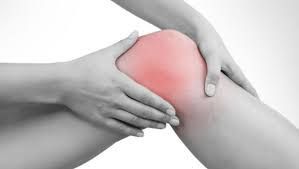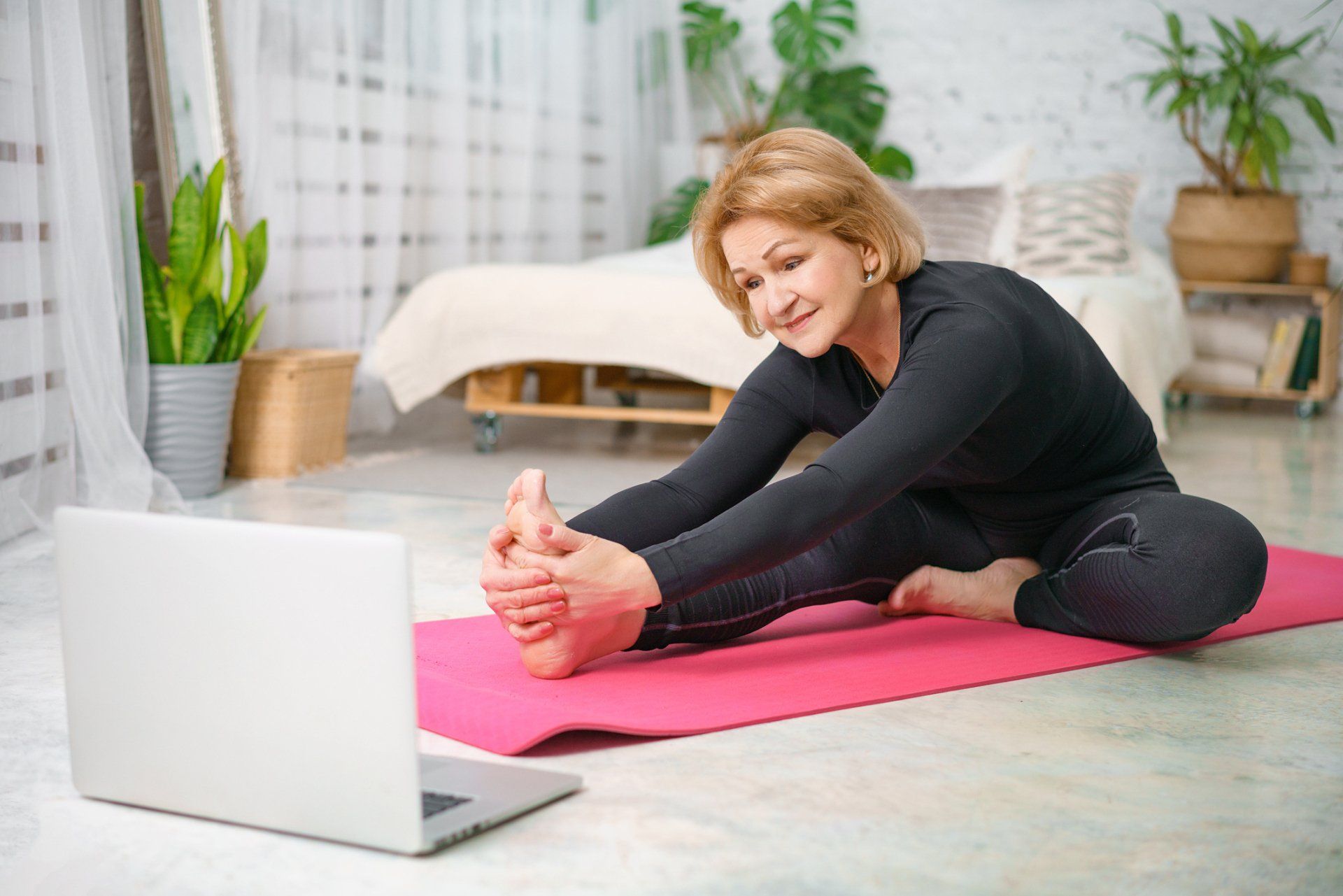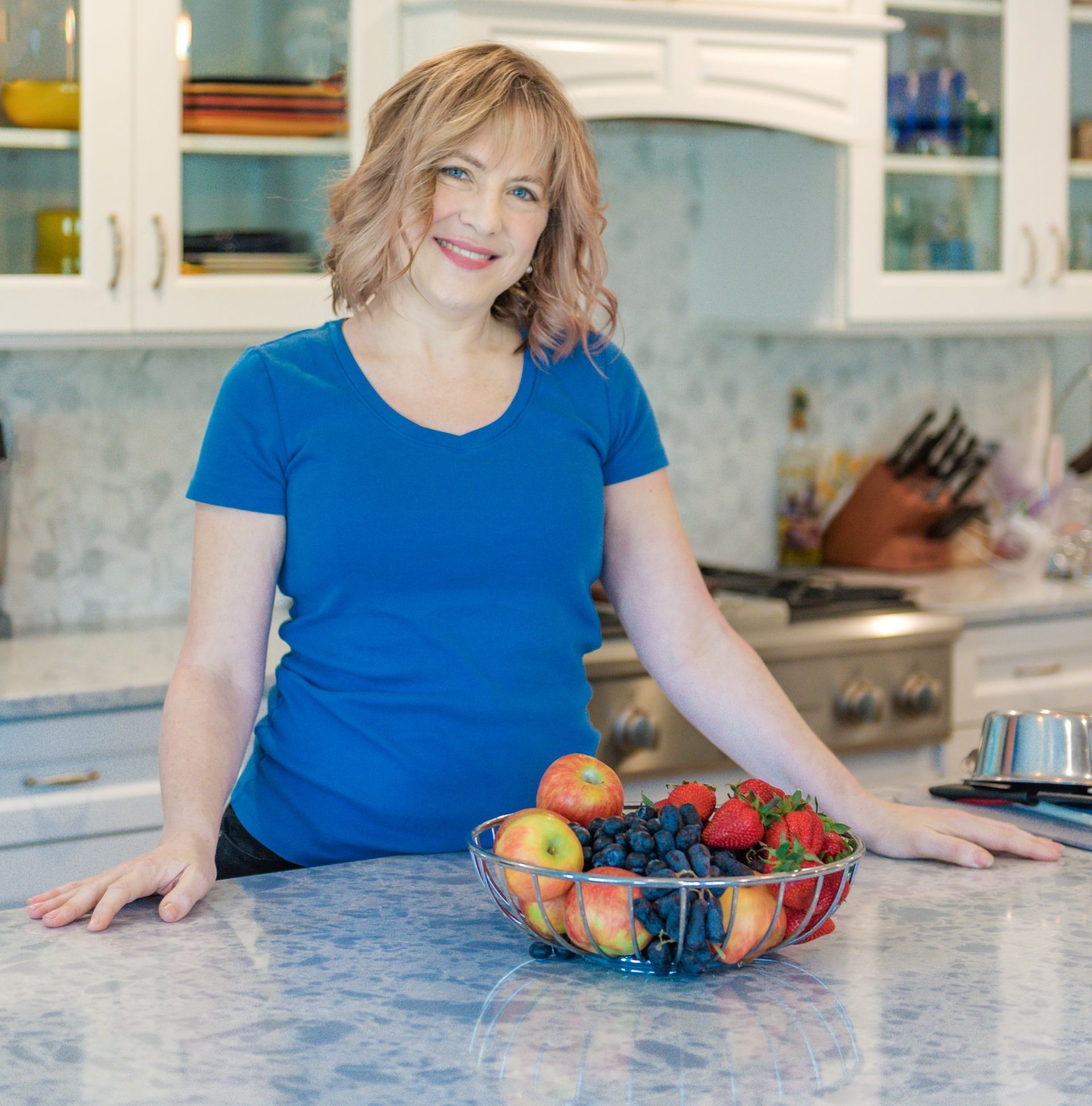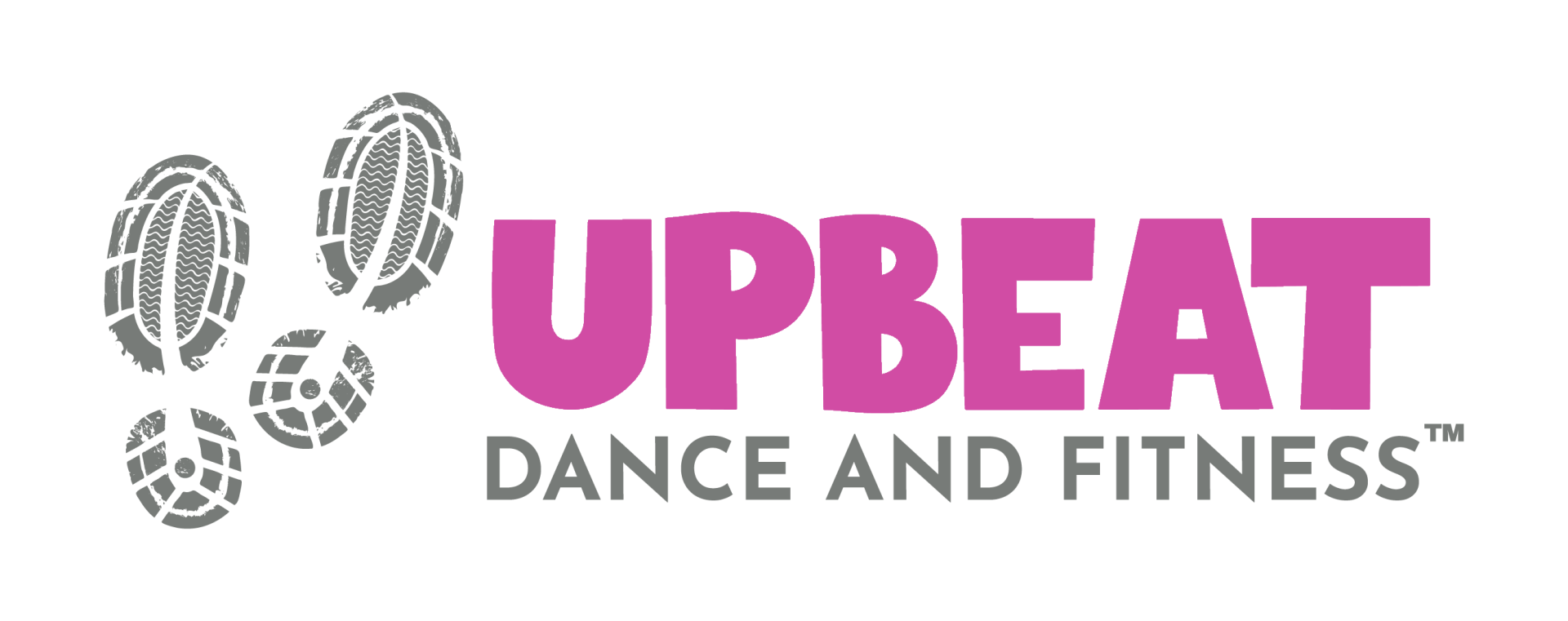5 Ways to Reduce Pain through the Menopause Transition
Musculoskeletal Syndrome of Menopause

Joint pain is a common challenge during menopause, often affecting women’s comfort and daily activities. As estrogen levels drop, many women experience what’s called Musculoskeletal Syndrome of Menopause, which brings joint stiffness, muscle aches, and discomfort in the knees, hips, and hands. Thankfully, there are several ways to reduce joint pain in menopause that can make a real difference in how you feel each day. By focusing on a few simple strategies, you can ease these symptoms and stay active through this stage of life.
1. Prioritize Movement and Exercise
Staying active benefits your overall health and is one of the most effective ways to reduce joint pain in menopause. Regular movement helps keep your joints flexible, strengthens surrounding muscles, and reduces stiffness, making daily activities easier. Choosing the right kinds of exercise can help you stay comfortable and protect your joints from strain.
Low-Impact Activities
Low-impact activities like walking, swimming, or cycling reduce joint pain. These exercises are gentle on the joints but improve circulation, strengthen muscles, and keep your body mobile. Aim for 20–30 minutes daily, even just a brisk walk. Over time, these small but steady movements can significantly ease joint stiffness and reduce discomfort.
Strength Training for Joint Support
Strength training is another valuable form of exercise during menopause. Strong muscles around your joints provide added support, which helps lessen joint pain. You don’t need heavy weights to see benefits—simple resistance bands or light dumbbells work well. Focus on exercises that build strength in the legs, core, and arms, supporting joint stability.
At the same time, if you are moving homes and plan on setting up a workout space in your new place, remember safe practices when moving your workout equipment. Avoid lifting heavy pieces alone and dismantle anything that can be taken apart. It’s also smart to get help from professional movers, especially if you have larger items, like a treadmill or stationary bike. They know the safest methods for relocating these bulky items, allowing you to avoid unnecessary strain on your joints.
Flexibility and Balance with Yoga or Pilates
Yoga and Pilates can be particularly helpful for menopause-related joint pain. These practices improve flexibility and enhance balance and body awareness, lowering your risk of injury. Gentle stretches in yoga help relieve tension in areas like the hips, lower back, and shoulders, which can become stiff or sore during menopause. You can even incorporate short routines at home, focusing on stretches that target problem areas. Taking time to stretch regularly helps your joints stay flexible and reduces stiffness over time.
2. Adopt a Nutrient-Rich Diet for Joint Health
What you eat plays a major role in supporting joint health, especially during menopause. A balanced diet with specific nutrients can help reduce inflammation and protect joints. Here’s what to focus on:
Include Omega-3 Fatty Acids
Omega-3s are known for their anti-inflammatory effects, which help reduce joint discomfort. These healthy fats are found in salmon, mackerel, walnuts, and chia seeds. Adding just a few servings of fatty fish per week or a handful of walnuts as a snack can make a difference in your joint health.
Eat Antioxidant-Rich Vegetables
Antioxidants help protect your cells from inflammation and damage. Vegetables like leafy greens, bell peppers, and tomatoes are loaded with these nutrients. For example, leafy greens like spinach and kale are high in antioxidants and contain vitamin K, which plays a role in bone health. Including various colorful vegetables in your diet keeps your meals interesting and benefits your joints.
Add Calcium and Vitamin D for Bone Support
Calcium and vitamin D are key for maintaining strong bones, which, in turn, support healthy joints. Calcium is found in dairy products, leafy greens, and fortified plant-based milk. Vitamin D, on the other hand, is produced when your skin is exposed to sunlight, but it’s also available in foods like fortified dairy, eggs, and fatty fish. Calcium and vitamin D help keep your bones and joints strong as you age.
Limit Processed Foods and Sugars
While it’s tempting to reach for snacks and sweets, processed foods and added sugars can lead to inflammation and make joint pain worse. Avoid sugary foods and opt for whole, natural foods whenever possible. Instead of sugary snacks, choose nutrient-dense options like fruits, nuts, or whole grains, which will give you more lasting energy and benefit your joints.
3. Embrace Mindful Eating to Manage Inflammation
Mindful eating isn’t just about savoring your food. It’s also a practical approach to manage inflammation and identify foods that may trigger joint pain. By paying closer attention to what and how you eat, you can make healthier choices that support your joints during menopause. Here’s how mindful eating can benefit you and how to get started:
Practice Eating Slowly and Intentionally
Taking time to eat each meal helps you recognize how different foods make you feel. Slowly eating allows your body to process flavors and textures, making each meal more satisfying and giving you better control over portion sizes.
Steps to practice mindful eating:
● Eat Without Distractions: Avoid screens or multitasking during meals so you can fully focus on eating.
● Chew Thoroughly: Chewing each bite aids digestion and helps you savor each flavor.
● Notice Your Body’s Signals: Pay attention to how hungry or full you feel, which can help you avoid overeating.
● Identify Triggers: Notice if certain foods lead to inflammation or discomfort. Some people find that processed foods or high-sugar items worsen their joint pain.
4. Ways To Reduce Joint Pain In Menopause: Try Gentle Stretches Daily
Daily stretching can help reduce joint stiffness and keep your body flexible. Stretching helps maintain the range of motion in your joints, making daily movements easier and more comfortable. Here’s how you can make gentle stretching a helpful part of your routine:
Start with Basic Stretches
It’s best to start with simple stretches that don’t strain your joints. These basic stretches work well for most people and can be done at home without equipment.
● Chest Stretch: Reach your arms out to the side and lift your chest.
● Knee-to-Chest Stretch: Lie on your back, bring one knee to your chest, and hold for a few seconds. This will stretch your lower back and hips.
● Shoulder Stretch: Cross one arm over your chest and gently pull it closer with your other hand to relieve tension in the shoulder area.
● Hamstring Stretch: Sit on the floor with one leg extended and reach toward your toes to stretch the back of your thigh.
When you stretch, hold each position steadily rather than bouncing. Holding each stretch for about 15-30 seconds allows your muscles and joints to relax fully, giving you the best results. Also, if a stretch causes pain, stop immediately. Stretching should feel gentle and comfortable, not painful. Pay attention to your body and only go as far as feels right for you.
5. Use Natural Pain Relief Techniques
Natural remedies can be effective ways to manage joint pain during menopause. These techniques offer relief without relying on medication and can be easily incorporated into your routine. Here are some popular methods to try:
Warm Up with Heat Therapy
Using heat is a simple way to relieve joint pain and stiffness. Apply a warm compress, take a hot bath, or use a heating pad to help improve blood flow to sore areas, easing muscle tension and joint discomfort. A warm bath in the evening can be especially soothing, helping you relax and unwind while reducing pain before bed.
Ease Swelling with Cold Packs
Cold packs are useful for reducing inflammation and swelling around the joints. If your joints feel swollen or overly warm, applying a cold pack for a few minutes can bring relief. Simply wrap a cold pack or a bag of frozen vegetables in a cloth and place it on the affected area. Cold therapy can be especially helpful after exercise or physical activity to keep inflammation down.
Relieve Tension with Massage Therapy
Massage therapy can do wonders for sore joints and muscles. A gentle massage helps improve blood circulation, which brings nutrients and oxygen to affected areas, supporting faster recovery and easing tension. You can visit a professional massage therapist or try light self-massage at home, focusing on any areas that feel tight or sore.
Use Gentle, Natural Balms for Relief
Natural balms made with ingredients like menthol, camphor, or arnica can be applied directly to sore areas for relief. These balms often have a cooling or warming effect, which can help relax the muscles around the joints. Applying a small amount of balm to the affected area and massaging it in can provide a calming effect.
Finding Relief for Joint Pain During Menopause
Managing joint pain during menopause doesn’t have to be overwhelming. By focusing on these simple, effective strategies, you can reduce joint pain in menopause and feel more comfortable daily. Staying active, eating nourishing foods, and using natural relief techniques contribute to healthier joints. With consistent effort, you can keep joint pain in check and enjoy greater mobility and comfort as you move through this stage.














